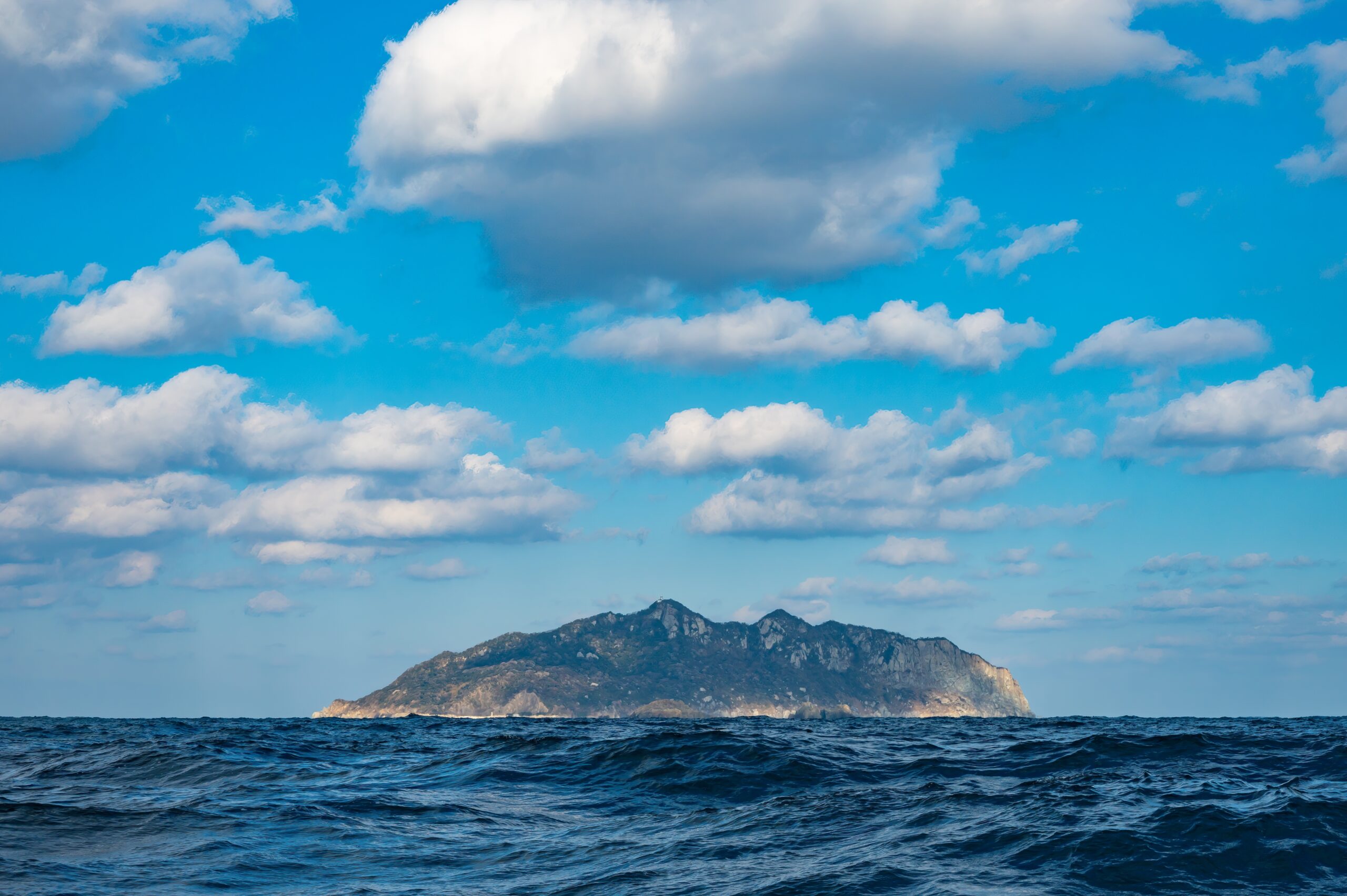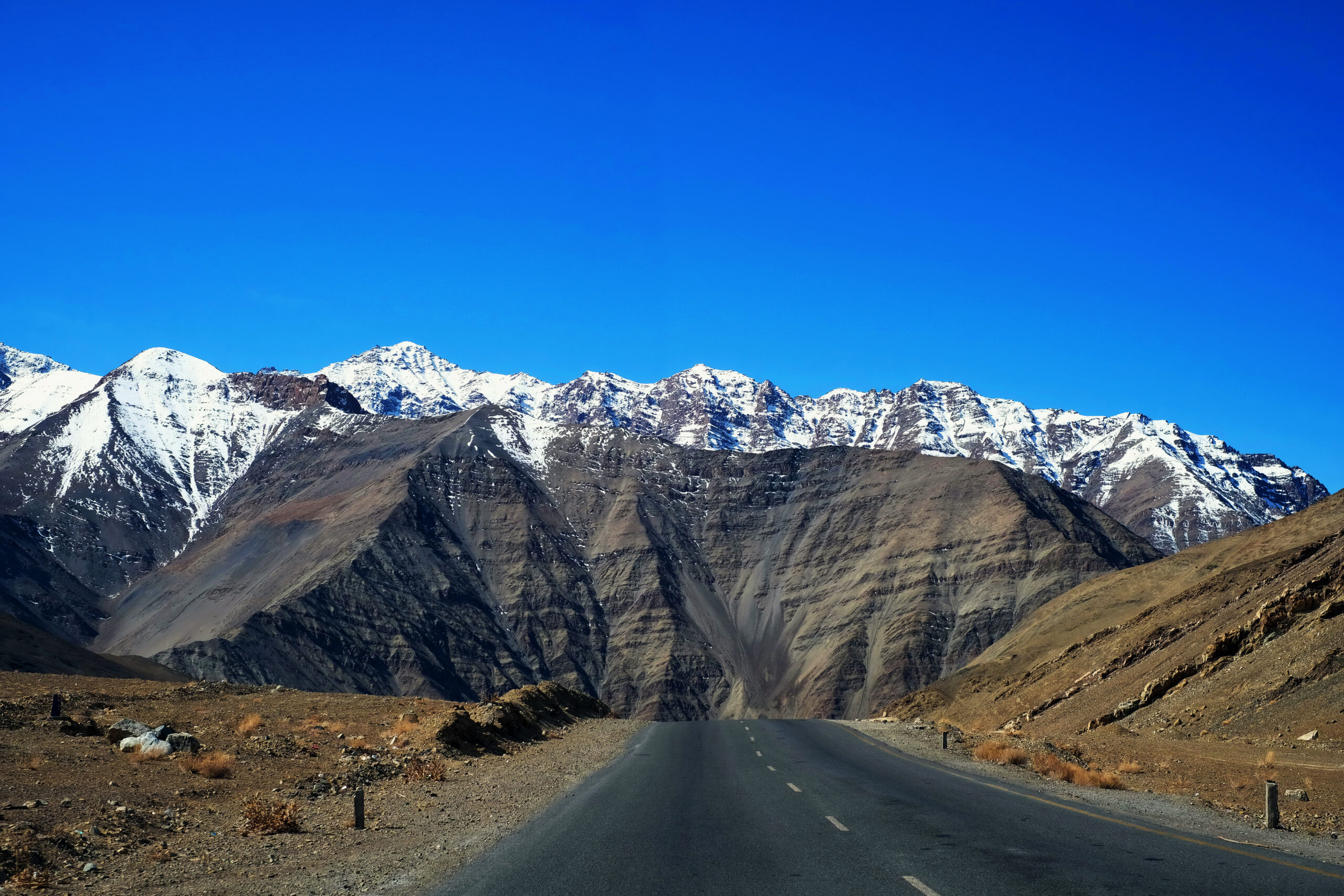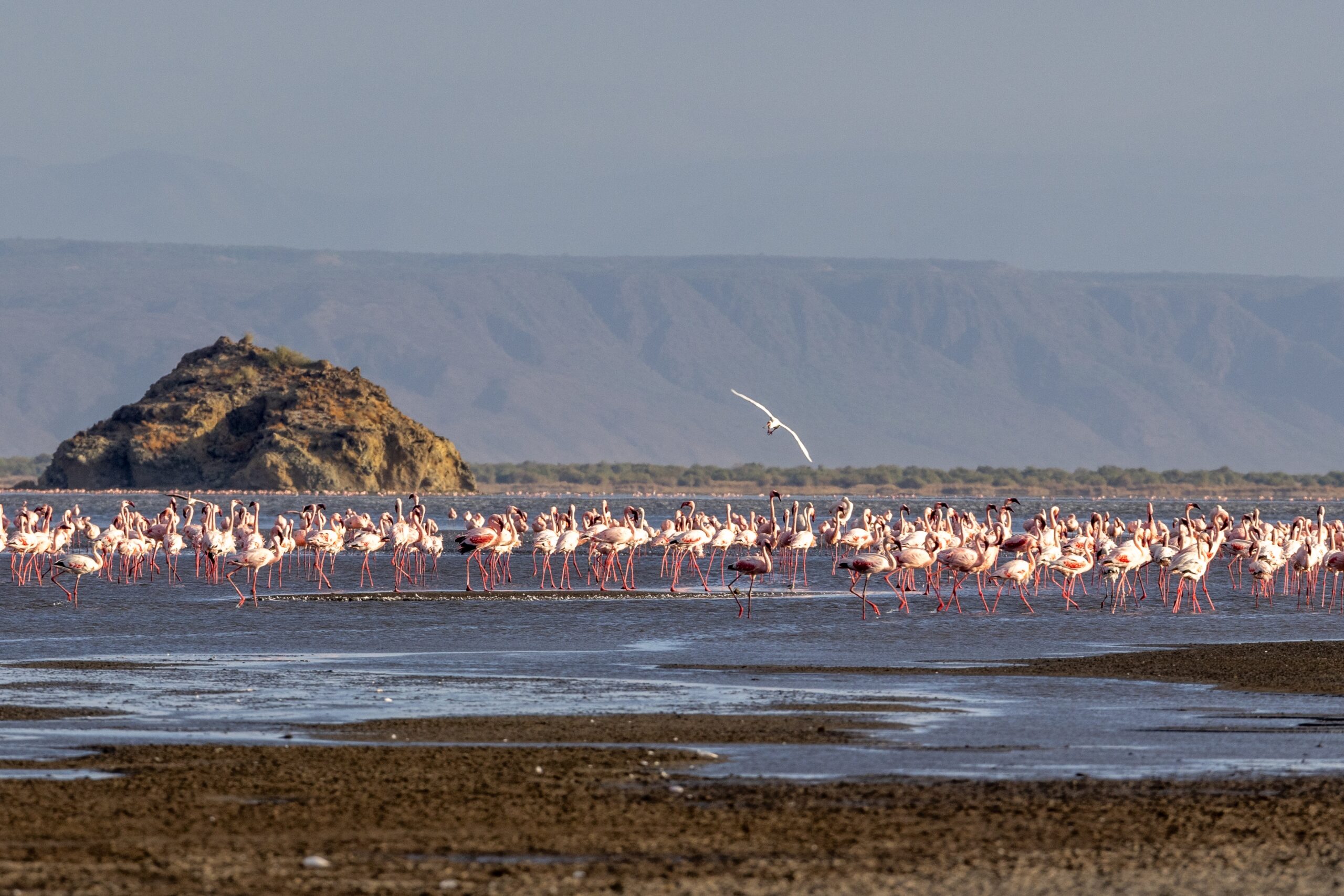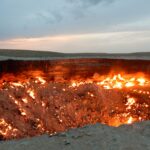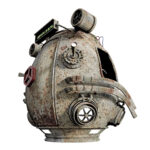The mystery of Lake Natron in Tanzania.
Imagine stumbling upon a lake where birds appear frozen mid-flight, fish lie motionless at the surface, and creatures along the shore are eerily intact—as if turned to stone. Welcome to Lake Natron, a real place in Tanzania with a haunting secret. Though it doesn’t literally petrify animals, its otherworldly chemistry creates the illusion that it does. This article dives into the science, myths, and eerie beauty of this natural marvel that blurs the line between life, death, and illusion.
Outline
- Introduction
- Where Is Lake Natron?
- What Makes It So Deadly?
- The Illusion of Petrified Animals
- The Role of Photographer Nick Brandt
- Life Amidst the Harshness
- Cultural Myths and Local Beliefs
- Visiting Lake Natron: Can You Go There?
- Final Thoughts
Introduction
From bubbling lava lakes to glowing caves, our planet is full of natural phenomena that seem too surreal to be real. But few are as haunting—or misunderstood—as Lake Natron in northern Tanzania.
Often dubbed “the lake that turns animals to stone,” it’s inspired awe, confusion, and even urban legends. But behind the drama lies a fascinating story of biology, geology, and the strange ways nature adapts.
Where Is Lake Natron?
Lake Natron is located in the Great Rift Valley, near the border of Tanzania and Kenya. It’s nestled at the base of Ol Doinyo Lengai, an active volcano known as the “Mountain of God” by the Maasai people.
- Type: Salt and soda lake
- Length: ~57 km
- Width: ~22 km
- Shallow Depth: Less than 3 metres at its deepest point
- Colour: Ranges from blood-red to pink depending on microbial activity
Its remote and scorching environment means few tourists venture here—but those who do are in for an unforgettable sight.
What Makes It So Deadly?
The short answer? Chemistry.
Lake Natron gets its name from natron, a naturally occurring mix of sodium carbonate, baking soda, and other salts. The lake’s high levels of alkalinity (pH 9 to 10.5) and temperatures that can exceed 60°C create a hostile environment where few animals can survive.
Why is the water so caustic?
- Runoff from volcanic ash in the region introduces sodium carbonate and other minerals
- High evaporation rates concentrate these salts
- The result: a chemical stew that can burn skin, strip feathers, and preserve carcasses
This isn’t exactly a pleasant dip for most living things.
The Illusion of Petrified Animals
No, the lake doesn’t literally turn animals to stone. But it does something just as eerie.
When birds or bats crash into the lake—or get trapped in its hypersaline waters—they die quickly and become perfectly preserved. The extreme alkalinity effectively “mummifies” them, leaving behind stone-like statues that look frozen in time.
What’s really happening?
- The mineral-rich water dries and coats the dead animal’s body
- High salt content desiccates tissue, preserving the external appearance
- The creatures look “petrified” but are actually mineral-coated corpses
It’s a macabre but natural form of preservation.
The Role of Photographer Nick Brandt
Much of the lake’s eerie fame stems from a 2013 photo series by wildlife photographer Nick Brandt. His collection, titled “Across the Ravaged Land,” showcased birds and bats found around Lake Natron in uncanny stillness.
He posed the preserved carcasses in lifelike positions, heightening their statue-like appearance.
The result?
- Viewers were stunned by the haunting images
- Myths exploded that animals were “instantly turned to stone”
- The photos went viral, blending art with nature’s raw, chilling power
While the photos sparked fascination, they also led to misconceptions—which Brandt later clarified.
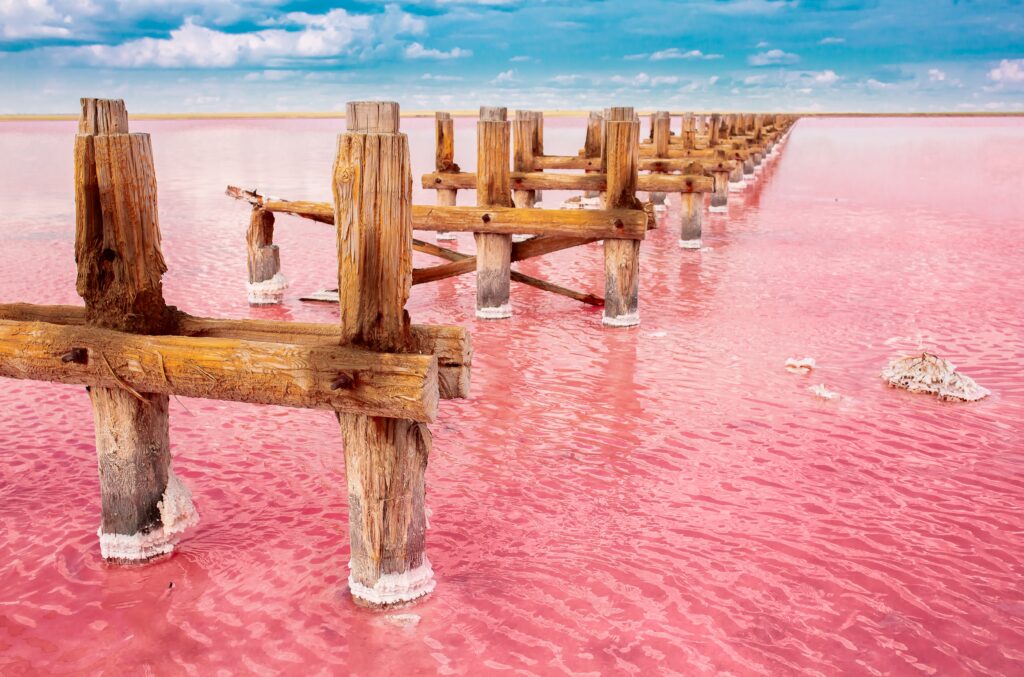
Life Amidst the Harshness
Despite its harsh conditions, Lake Natron is not lifeless. In fact, it’s a critical breeding ground for one of nature’s most elegant birds: the lesser flamingo.
Why flamingos love it:
- Cyanobacteria in the lake feed on the alkaline environment, colouring the water red
- These bacteria are a food source for flamingos
- The high salinity protects nests from predators
- Over 75% of the world’s lesser flamingos hatch here
It’s an incredible contradiction: a deadly lake that’s also a cradle of life.
Cultural Myths and Local Beliefs
Among local communities and spiritual groups, Lake Natron carries deep cultural significance. The nearby Ol Doinyo Lengai volcano is sacred to the Maasai, and the lake itself is often associated with:
- Protective spirits
- Cleansing rituals
- Fear of death or transformation
Folklore includes tales of animals “cursed by the gods” or “punished” for approaching the water—fuelled in part by the very real spectacle of preserved corpses along the shore.
Visiting Lake Natron: Can You Go There?
Yes—but it’s not your average day trip.
Lake Natron is remote, rugged, and intensely hot. Getting there usually involves:
- A 4×4 vehicle
- Hiring a local guide
- Travelling from towns like Arusha or Mto wa Mbu
What to do there:
- View flamingo colonies during the breeding season (Sept–Dec)
- Hike to nearby waterfalls and hot springs
- Visit Ol Doinyo Lengai for a volcano trek
- Experience the stark beauty of a truly alien landscape
Warning: Do not swim in the lake. The water can burn skin and eyes, and the shoreline is crusty, hot, and unstable in places.
Final Thoughts
Lake Natron stands as a strange, stunning paradox: a place where life and death co-exist, where flamingos thrive and unlucky birds become eerie statues. It’s a natural reminder that beauty and brutality often share the same space—and that nature, in all her mystery, still has stories stranger than fiction.
So no, it won’t literally turn you to stone—but it might just leave you speechless.
A lake that kills—but also creates. Welcome to nature’s creepiest illusion.


